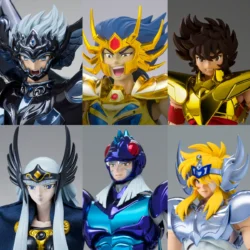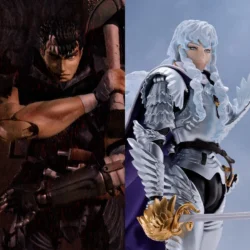When one thinks of Japan, animated series robots are one of the first things that come to mind. These steel heroes, in fact, symbolize the creativity and innovation of the Land of the Rising Sun. In this article, we will discover how Japanese toy robots have evolved into Bandai Soul of Chogokin, the models that have captivated collectors worldwide for 30 years.
In 2013, a study conducted by the Japanese government emphasized the importance of ‘mecha’ robots in the technological and cultural development of the country. The research has indeed highlighted how these characters have inspired the industry, serving as a true driving force for innovation. Moreover, the stories of these robots have portrayed the optimism of the post-war period, contributing to promoting the allure of the Land of the Rising Sun abroad.
The robots from the Bandai Soul of Chogokin series precisely celebrate this combination of science and creativity. Designed to faithfully reproduce the characters from television series, these models are the result of expertise acquired through years of research. In some cases, their intricate articulations have even revolutionized production techniques, thus contributing to the development of the national industry. Let’s take a closer look at them!
Contents
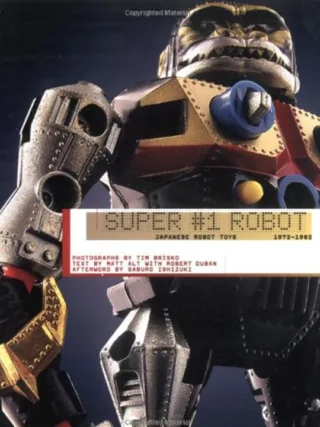
Super #1 Robot: Japanese Robot Toys, 1972-1982
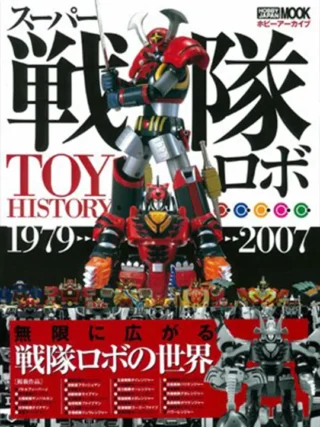
Hobby Archive Super Sentai Robot Japanese Toy History 1979-2007

Robot Ghosts and Wired Dreams: Japanese Science Fiction from Origins to Anime
What Does Chogokin Mean?
Chogokin refers to metal robots inspired by Japanese animated series. Their history began in the late 1960s when Bandai created Popy, a subsidiary dedicated to TV characters. Popy revolutionized the toy industry by utilizing a zinc alloy called Zamak, which was more durable than traditional tin. With this alloy, the company produced the Mini-Mini Cyclone, a scaled replica of the famous motorcycle from the live-action series Kamen Rider.
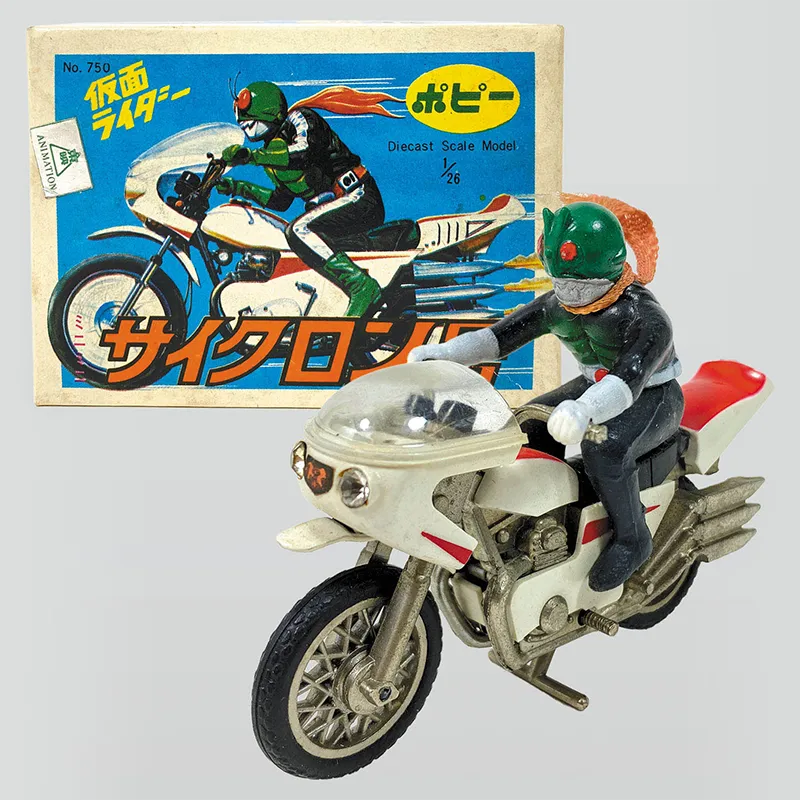
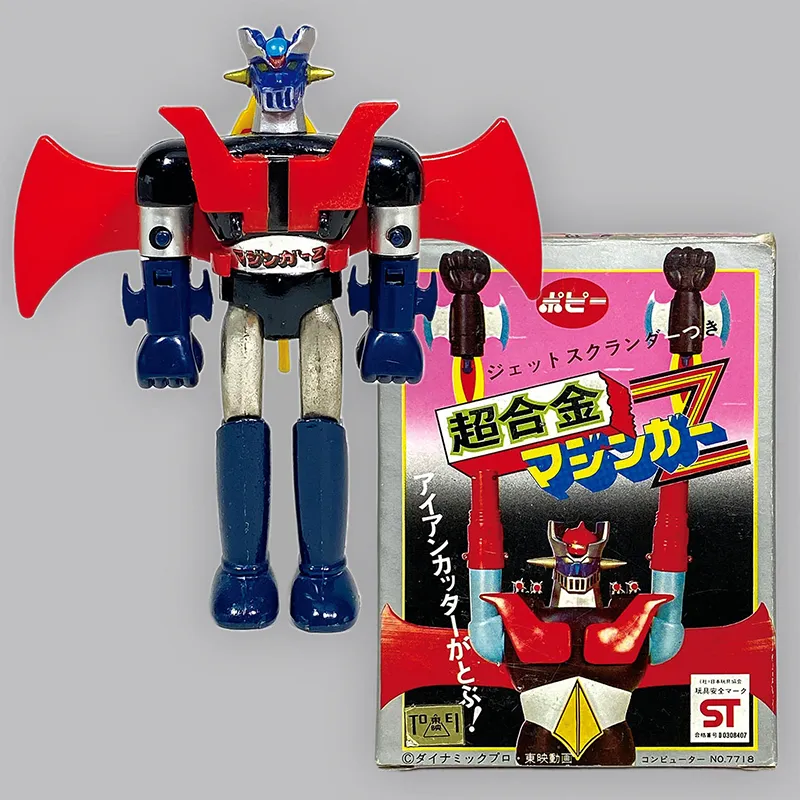
However, the turning point came in 1972 when Popy acquired the license for Mazinger Z. The hero created by Go Nagai presented an incredible commercial opportunity for the company since he was made of an extremely durable metal alloy that rendered him invincible. Popy renamed their toys ‘Chogokin’, using the neologism coined by Go Nagai for this indestructible material.
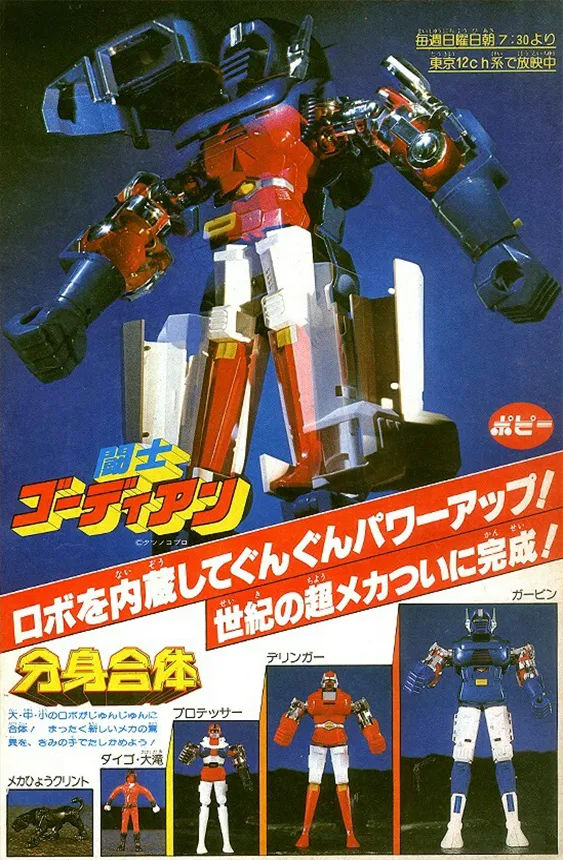
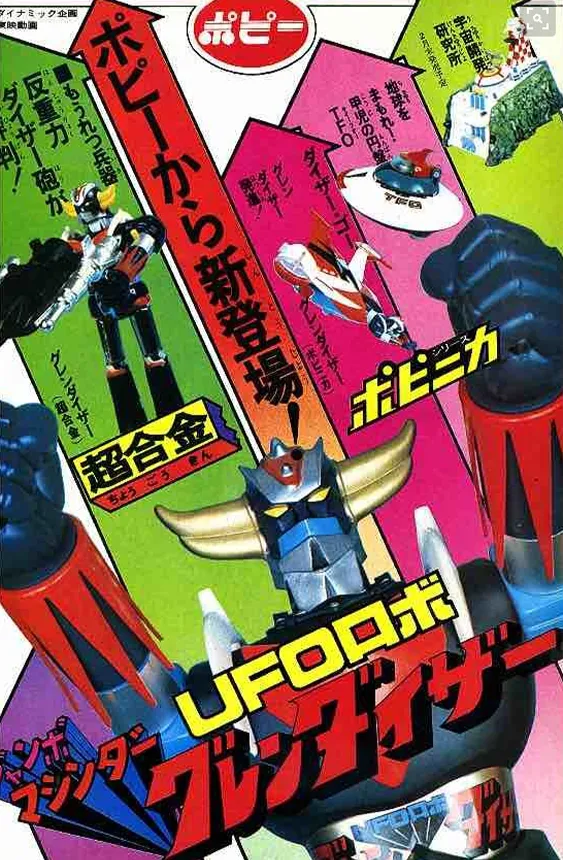
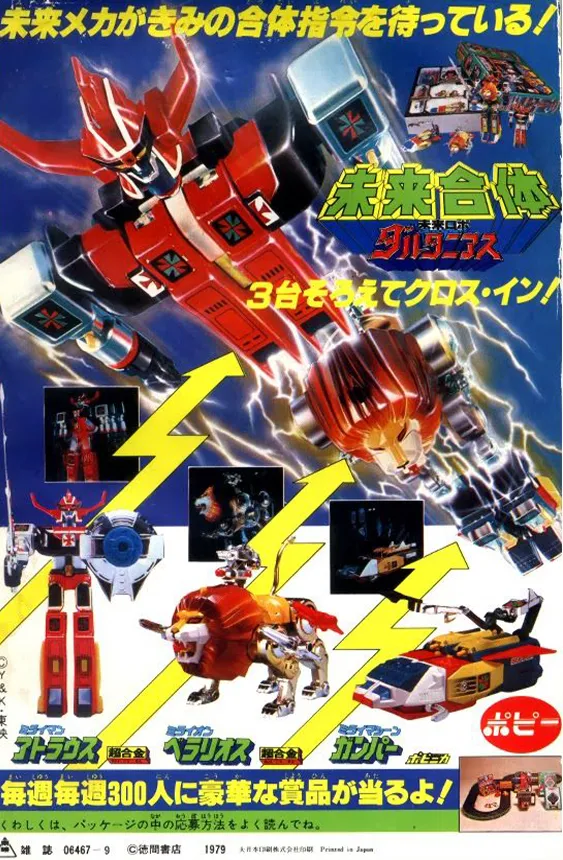
Chogokin conquered the toy market, and all manufacturing companies adapted to the new standard. Popy capitalized on its popularity by producing a Standard line and a Deluxe line, offering varying levels of detail and transformability. The success was such that even Mattel became interested in the phenomenon of Japanese robots, importing them to the West under the name Shogun Warriors.
Chogokin gradually lost their popularity over the 1980s, influenced by market saturation and the growing interest in plastic. The robots did not disappear entirely, but metal gave way to other materials considered more profitable.
What is a Bandai Soul of Chogokin?
By the end of the 1990s, growing concerns about the use of plastic facilitated the rediscovery of certain materials, including metal alloys. It was during those same years that the world witnessed what would become a classic in robotic science fiction: Neon Genesis Evangelion. It was in this context that Bandai launched the Soul of Chogokin line, an evolved version of metal robots.
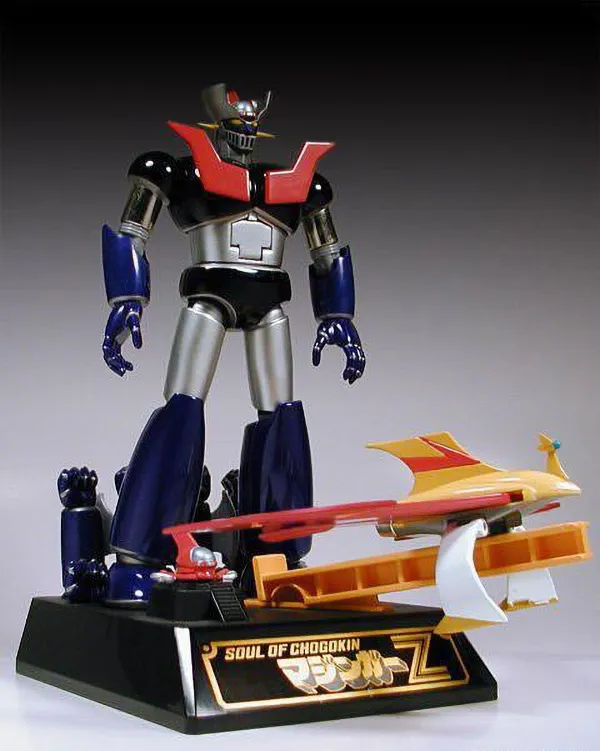
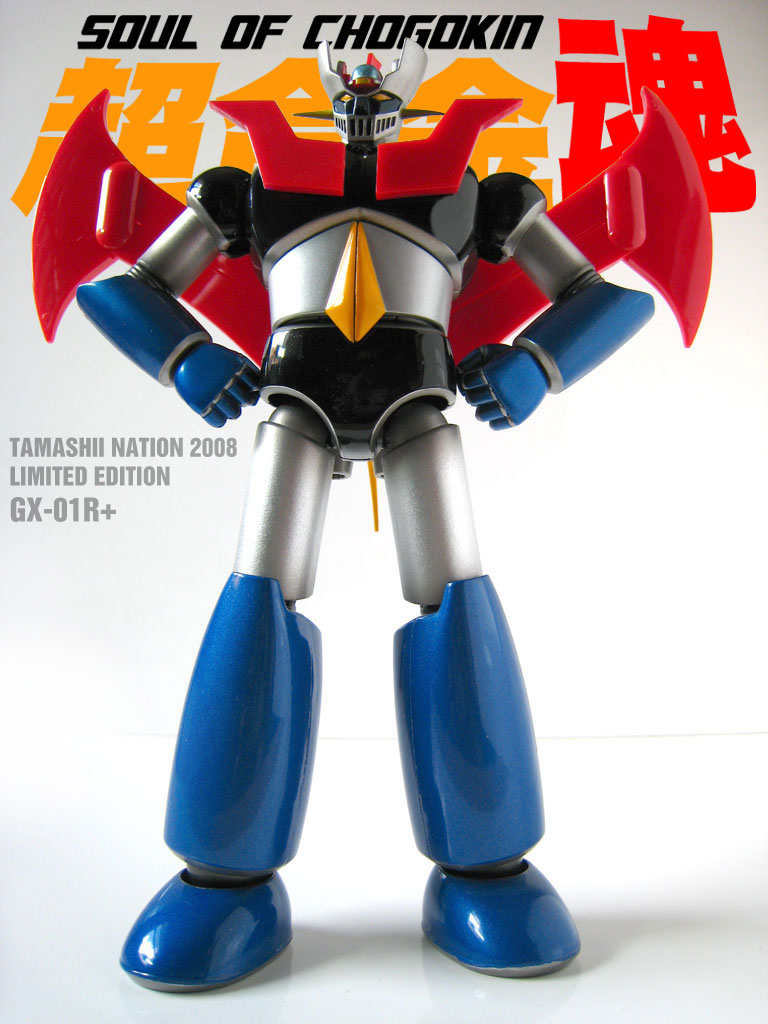
Once again, the first model in the series was Mazinger Z, in the GX-01 version. This model stood out for its extremely high level of detail, faithfully reproducing the original design with meticulous care. The package included not only the robot but also numerous weapons and accessories, providing a wide range of display options.
Over time, the collection has expanded with numerous other characters, becoming increasingly advanced and articulated. In many cases, these toys boast a high level of engineering, which allows them to replicate complex transformations seen on TV. Additionally, in recent years, digital technologies such as augmented reality have been introduced, as seen in the GX-105 model.
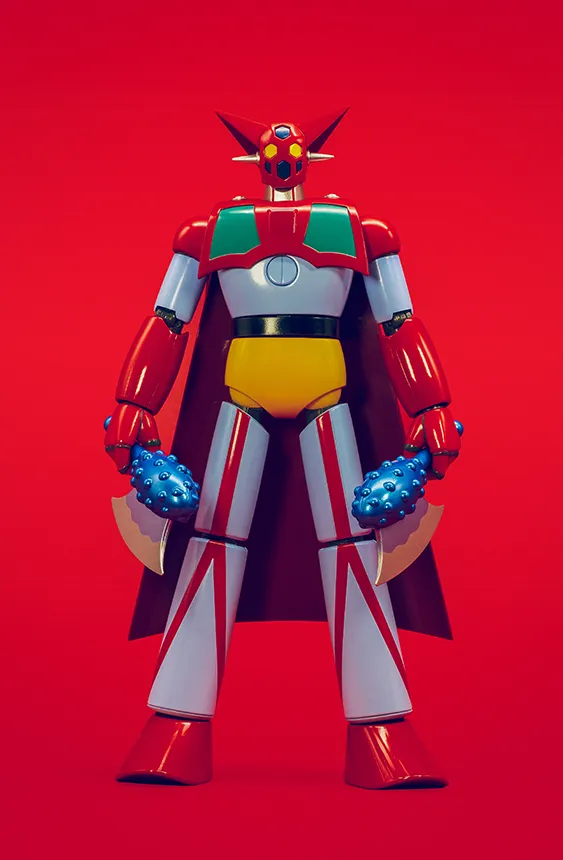
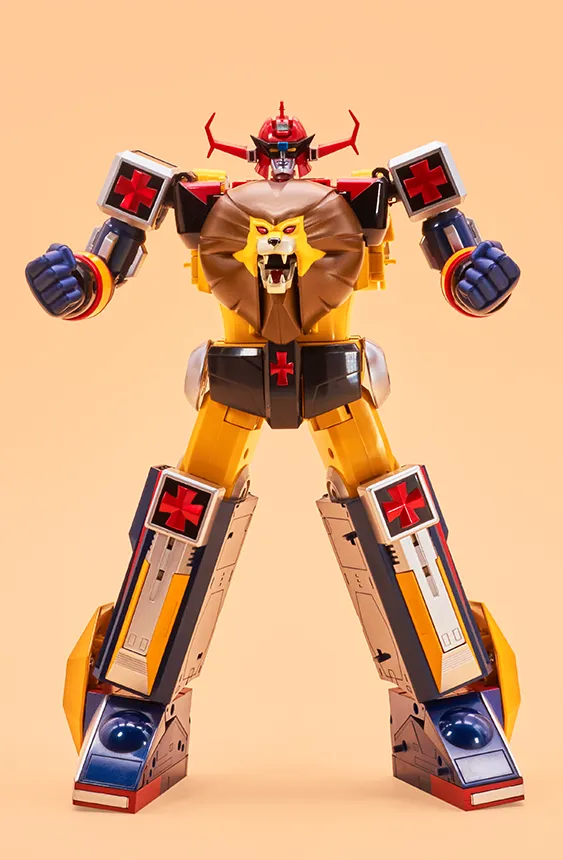
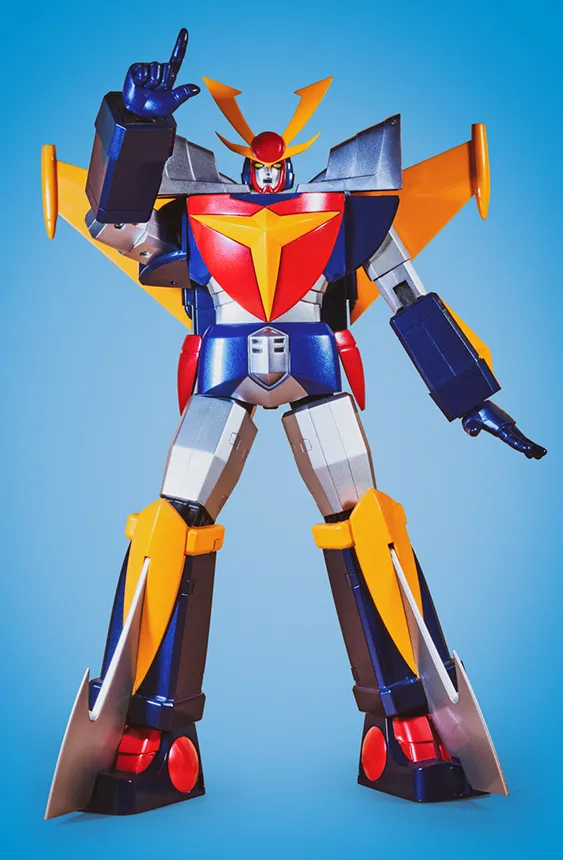
The success of Soul of Chogokin has revitalized Bandai’s reputation, once again setting the standard for toy production. In fact, many companies have followed its example, launching their own line of metal robots. This has created a vibrant market that has managed to excite collectors worldwide.
List of Bandai Soul of Chogokin Models
Over the years, the Soul of Chogokin collection has welcomed a large number of robots, often in alternative colorations or limited editions. Below, we have compiled a list of Bandai models released to date, but we are confident that other figures will be added to the list.
Download PDFConclusions
In conclusion, Bandai Soul of Chogokin robots celebrate the tradition of Popy and have been appreciated by collectors worldwide for their advanced engineering and meticulous details. These models showcase Japanese ingenuity and are highly sought-after collectibles for toy and robot enthusiasts. If you are a fan of robots or enjoyed playing with them as a child, owning one of these models is an absolute must.


